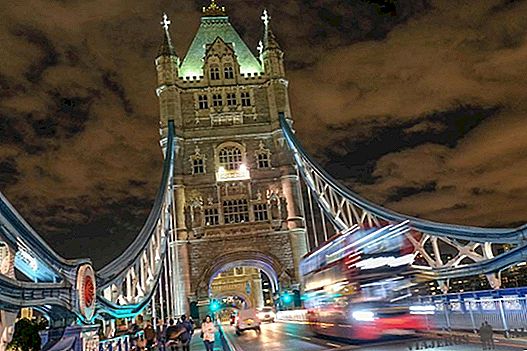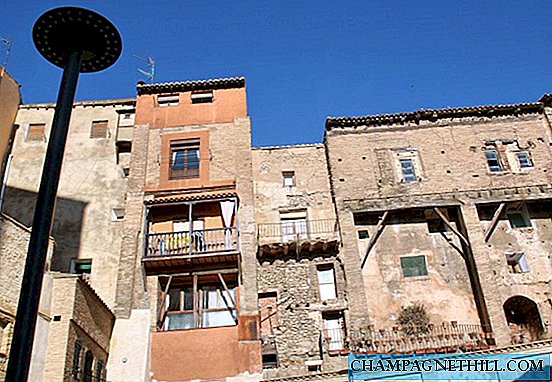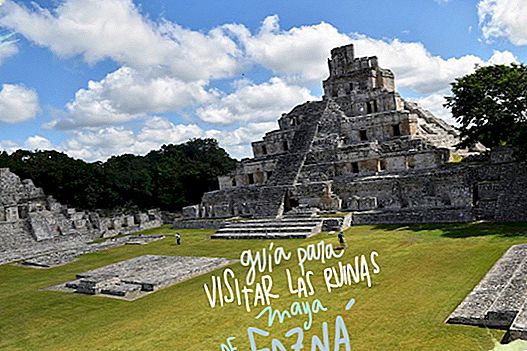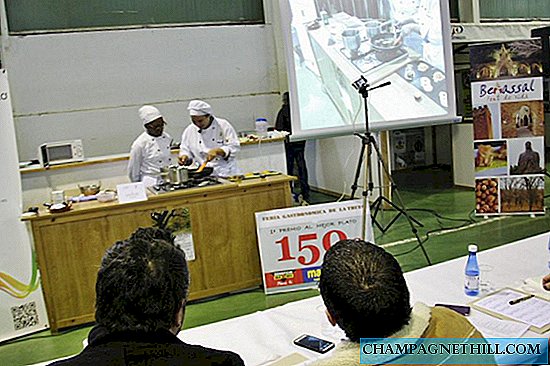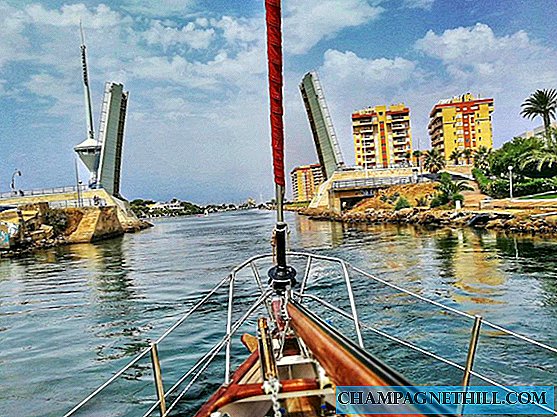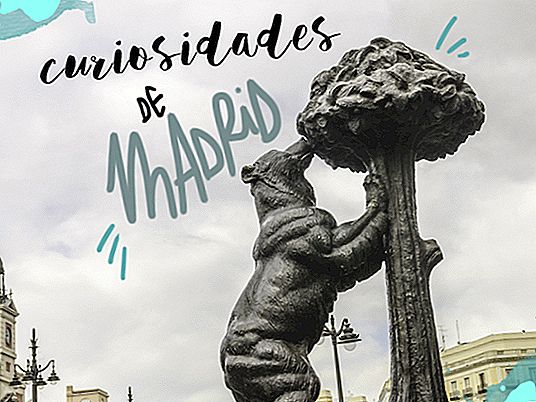Day 15: What to see in Tibet: Gyantse - Pelkor Chöde Monastery - Kumbum Pagoda - Gyantse Dzong - Tashilumpho Monastery - Shigatse
Today we have to get up at 6 in the morning so that the body begins to adapt to the altitude, to continue with the itinerary that we have planned with all the places what to see in Tibet We have planned for today. And since we started this trip to Tibet, when we arrived in Lhasa, due to the altitude, first thing in the morning, we need some more time than usual to start the day.
It's 8 in the morning when we leave our room at the Yeti Hotel, to load them in the car and go to breakfast, by the way, the most complete, in addition to those we did in Lhasa, with which we charged ourselves with energy to start the day .

Yeti Hotel
It's 8:30 in the morning when we set off to visit the Pelkor Chöde Monastery and the Kumbum Pagoda, which is located in the same place as the monastery.
Day route of places to see in Tibet: Pelkor Chöde Monastery - Kumbum Pagoda - Gyantse Dzong - Tashilumpho Monastery - Shigatse
Today the day will take us to discover such incredible places as the Pelkor Chöde Monastery, the Kumbum Pagoda, Gyantse Dzong and the Tashilumpho Monastery to end the day in Shigatse, where we will stay.
As Pasang explains, sometimes many tourists pass through Gyantse only to spend the night and get to know, for a few minutes, the Kumbum Pagoda, forgetting to dedicate a prudential time to the visit of the Pelkor Chöde Monastery, one of the most important what to see in Tibet.
We arrive at the Pelkor Chöde Monastery first thing in the morning, where after leaving the car in the parking area and having Pasang buy the tickets, we enter one of the places to see in Tibet most amazing we've seen so far.

Entrance Pelkor Chöde Monastery
Originally, the Pelkor Chöde Monastery hosted 15 monasteries that included three Buddhist orders, showing itself as an example of tolerance. The first visit we make is to the meeting room, where we have the great luck to meet the monks singing their prayers, something that we can say, is recorded in our retinas as one of the most incredible moments of the trip.
As we have said on several occasions, inside the monasteries it is forbidden to take photographs, although in some, paying can take pictures and / or video. The prices are usually exorbitant, since a payment of for example 300RMB is not effective for the whole monastery, but for a single room.
Being in the Pelkor Chöde Monastery and seeing that in the meeting room it is possible to take photographs paying only 20RMB, we do not think too much, hoping to take the image of the interior of some monastery, although we avoid taking photos of the monks, especially trying to keep education at all times, something we believe is basic and more in places like this.

Meeting room of the Pelkor Chöde Monastery

Pelkor Chöde Monastery
The interior of this room and the corridors that surround it is quite dark, so the images we have, with the light filtering between the few and small windows, give us more of a magical image, than as the moment of prayer when We arrive, we will keep forever in our memory.

Pelkor Chöde Monastery

Books at the Pelkor Chöde Monastery

Pelkor Chöde Monastery
After visiting the meeting room we headed to Dorjeling Lhakhang, where Nampa Namse stands out, who continues to impress us like all the other places we are seeing this morning.
From here we go up to the upper floor, where the first thing we find is with a spectacular mandala and 84 really incredible murals.

Pelkor Chöde Monastery
After the visit to the Pelkor Chöde Monastery we have to say that once again, we confirm that although Lhasa is truly impressive, as you move away from the city, Tibet is even more incredible. This is something we would like to highlight, especially for travelers who are considering traveling to Tibet and are not sure how many days to devote to the trip. Undoubtedly, Lhasa is a city that is worth spending at least 4 or 5 days to enjoy it and get to know the most interesting places in the surroundings, but at the same time, there are so many places what to see in TibetThat staying with Lhasa alone would be like keeping 1% of this amazing place.
We recommend you make a route through Tibet by car that includes the most places important and if possible, finish at Everest Base Camp, one of the most magical places we've ever been.
After the visit to the Pelkor Chöde Monastery we approach the Kumbum Pagoda, or Gyantse Kumbum, one of the most important places in this area of Tibet. This chorten, 35 meters high and six floors that are accessed following the clockwise direction, in which we can find an incredible number of small chapels, in which 100,000 images are received, honoring the meaning of the Name "kumbum".

Kumbum Pagoda
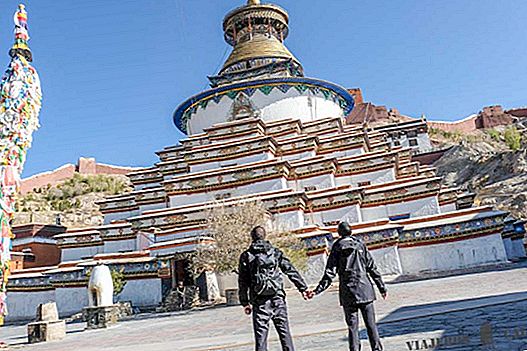
Kumbum Pagoda

Details of the upper part of the Kumbum Pagoda
After delighting for several minutes of the views we have from the ground, we begin the ascent through the Kumbum Pagoda, following the clockwise direction, entering each and every one of the small chapels with which we find ourselves and which Pasang is giving us the corresponding explanations, with which we understand much better everything we are seeing.

Interior chapel of the Kumbum Pagoda
As we move through the different floors, from time to time alone accompanied by the pilgrims, we find ourselves with increasingly incredible murals and images, which make us confirm the value of the Kumbum Pagoda.

Kumbum Pagoda
As we move forward and ascend, the views of both the surroundings of the Kumbum Pagoda and the Pelkor Chöde Monastery are more impressive, leaving us with some of the most incredible views we have seen so far.

Views from the Kumbum Pagoda of the Pelkor Chöde Monastery

Views from the Kumbum Pagoda of Gyantse

Gyantse Dzong from the Kumbum Pagoda
We finish the visit to the Kumbum Pagoda when it is 10:30 in the morning, to approach us until we get closer to Gyantse Dzong, just 5 minutes away, where after parking in the parking lot that is halfway up the climb, we load up Climb a few steps to reach the visiting area, which we take very quietly and more taking into account that we are almost 4000 meters and any effort is an extra effort.

Gyantse Dzong
Today Gyantse Dzong, is fully managed by the government, so little or nothing remains of better times, something that does not leave us with the taste that we expected, the best being the views we have from here, in addition to the views we have from the outside, which are much more interesting than what we see inside.

Gyantse Dzong
It's 11:30 in the morning when we finish the views we had scheduled what to see in Tibet for today, putting canine to Shigatse, where we will sleep tonight.
Although we are only 90 kilometers from Shigatse, the journey is done in 2 hours and it is that the controls in Tibet, as we have said the previous days, are very strict, even forcing 30 km journeys in 55 minutes to avoid fines and withdrawal of points.
We arrive at Shigatse at 2 in the afternoon, going directly to eat at a restaurant where we have the option to choose between several dishes of different cuisines, deciding in the end for naan with garlic, which reminds us of our trip to India for free, fried momos of yak and yak fillet, more waters for 112RMB, which we enjoy accompanied by Pasang and Tre.

Yomos fried momos
After lunch and as the Tashilumpho Monastery opens at three in the afternoon and there is still half an hour left, we take the opportunity to take a walk around the area, full of charming little shops, where we can see hundreds and hundreds of typical articles of Tibet , that leave us an image that we did not expect and is that, without crossing with any tourist, we see how these are acquired by pilgrims and monks, at no time as souvenirs, something we have to say, attracts us a lot of attention.

Shigatse
Punctual at 3 in the afternoon, we met Pasang at the door of the Tashilumpho Monastery, to enter one of the most incredible monasteries in Tibet and one of the places we most wanted to see on this trip.

Tashilumpho Monastery Entrance
As if it were a small town, as soon as we access the Tashilumpho Monastery we find a network of streets, surrounding the different buildings, of this monastery, one of the few that was practically not besieged during the Cultural Revolution.
Like the network of streets, nothing else to enter is when we have true proof of the incredible location enjoyed by the Tashilumpho Monastery, surrounded by mountains and crowned by several golden buildings, where the tombs of the panchen lamas are located.

Tashilumpho Monastery
The white wall that we see on the right and that stands out especially among the rest, as Pasang explains, is the protagonist in the celebrations, since this is where a thangka hangs, which can be seen from practically every corner of the monastery.
The first visit we make is to Jampa Chapel, where the largest golden statue in the world is located, 26 meters high representing the Buddha of the Future.

Tashilumpho Monastery

Tashilumpho Monastery
Although perhaps this is not the most important chapel of the Tashilumpho Monastery, we can say that it is probably the most impressive, since the image of the Buddha of the Future is really incredible and more when Pasang explains that it is covered with 300 kilograms of gold and in each of his ears, one person would fit.
Surrounding the image, there are a thousand paintings that represent Jampa, the Buddha of the Future, giving us some really impressive images.

Tashilumpho Monastery

Tashilumpho Monastery
From here we continue the visit to the Tashilumpho Monastery visiting the Victory Chapel, where we can see an incredible statue of Tsongkhapa, then go to the building where the tenth and fourth Panchen Lama tombs are located, then visit the tombs of the fifth to the ninth Panchen Lama.

Tashilumpho Monastery

Tashilumpho Monastery
After these visits we arrive at the Kelsang Temple, which is made up of several buildings that surround a courtyard, from where you can see the entrance to the meeting room, a room that still remains since the monastery was founded.

Tashilumpho Monastery
The visit to the Tashilumpho Monastery lasts approximately 2 hours and when a few minutes past 5 pm, we return to the car and approach to the Shigatse police, where Pasang processes some permits we need to go to Everest Base Camp, Where we will arrive tomorrow.
After the procedure we go to the Shigatse Hotel, where we will stay tonight and where, after checking in, we ask for dinner at the restaurant, to which they tell us that they only have a letter in Chinese and a buffet at 6 o'clock. the afternoon, so with the recommendation of Pasang, after resting for a while in the room and ending this day and after seeing all the places we had planned for today what to see in Tibet, we go to a place that is right in front of the hotel where we ordered two rou jia mo, like the ones we ate yesterday at noon, plus two waters for 18RMB. One of the most tasty and also the most economical.
And so, with a full stomach we return to the hotel to rest and charge ourselves with energy for tomorrow, one of the most important days of the trip, in which we will arrive at the Everest Base Camp.
Remember that any foreign traveler who wants to travel to Tibet must do so through an agency (IT IS IMPOSSIBLE TO TRAVEL TO TIBET FOR FREE), either by adding to a group or privately and having, before entering Tibet, a fixed route, that the agency will have submitted and must be approved by the Chinese authorities.
To obtain the visa and all permits, it is necessary that this itinerary be approved by the authorities. It is also not possible to modify the itinerary on the fly, something very important to keep in mind, as it will force you to be clear about what you want to visit from the first moment, since based on that, the agency will manage the permits.
In our case we have traveled with The China Guide, who managed all the permits after designing a personalized itinerary together, with a guide in Spanish and that has led us to enjoy as we had never imagined this magical place.
 Day 16: Shigatse - Sakya Monastery - Everest Base Camp in Tibet
Day 16: Shigatse - Sakya Monastery - Everest Base Camp in Tibet
 Remember that any foreign traveler who wants to travel to Tibet must do so through an agency (IT IS IMPOSSIBLE TO TRAVEL TO TIBET FOR FREE), either by adding to a group or privately and having, before entering Tibet, a fixed route, that the agency will have submitted and must be approved by the Chinese authorities.
Remember that any foreign traveler who wants to travel to Tibet must do so through an agency (IT IS IMPOSSIBLE TO TRAVEL TO TIBET FOR FREE), either by adding to a group or privately and having, before entering Tibet, a fixed route, that the agency will have submitted and must be approved by the Chinese authorities.